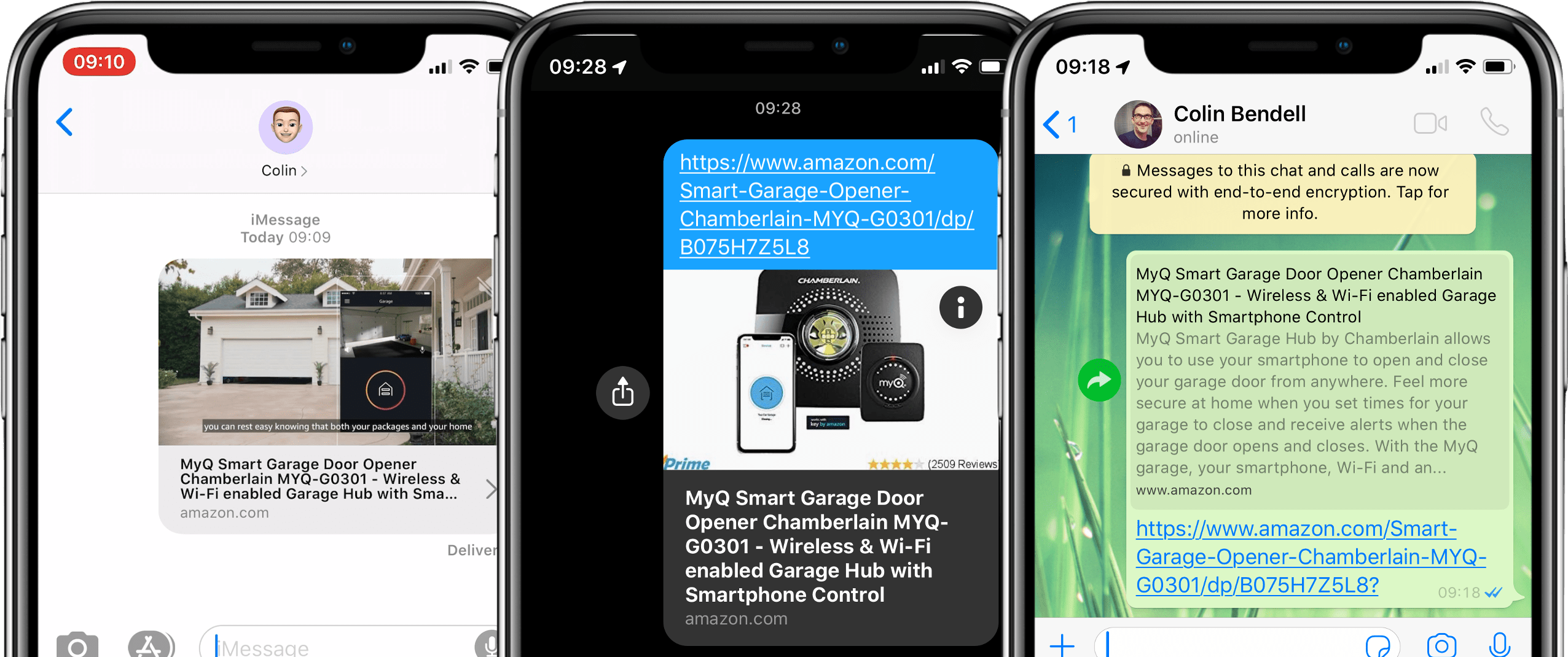Whew boy, Safari 16 is officially out in the wild and it packs in a bunch of features, some new and exciting (Subgrid! Container Queries! Font Palettes!) and others we’ve been waiting on for better cross-browser support (Motion Path! Overscroll Behavior! AVIF!). I imagine Jen Simmons typing cheerfully writing out all of the new goodies in the roundup announcement.

Just gonna drop in the new CSS features from the release notes:
- Added size queries support for Container Queries. Chrome started supporting it in Version 105, so all we need is Firefox to join the party to get The Big Three™ covered.
- Added support for Container Query Units. These units go hand-in-hand with Container Queries. Once again, we need Firefox.
- Added support for Subgrid. Now it’s Safari and Firefox with support coverage. The good news is that Chrome is currently developing it as well.
- Added support for animatable Grids. Very cool! Chrome has always had some implementation of this and Firefox started supporting it back in 2019.
- Added support for Offset Path. This is also known as Motion Path, and we’ve had broad browser support since 2020. It’s nice to see Safari on board.
- Added support for Overscroll Behavior. Now we can modify “scroll chaining” and overflow affordances with the
overscroll-behaviorproperty. - Added support for
text-align-last. Now we’re all set with cross-browser support for this property! - Added support for the
resolutionmedia query. All set here as well!
There are quite a few nice updates to Safari’s developer tools, too. We’ve got a Flexbox inspector, a Timelines tab (with an experimental screenshots timeline), and Container Queries info, to name a few. There’s a full 32-minute video that walks through everything, too.
I thought Safari 15 was a pretty killer release, but 16 is pretty epic in comparison. I know there’s a “Safari is the new Internet Explorer” vibe in some circles, but I’m happy to see big jumps like this and appreciate all the forward momentum. Go Safari Team!
To Shared Link — Permalink on CSS-Tricks
WebKit Features in Safari 16.0 originally published on CSS-Tricks, which is part of the DigitalOcean family. You should get the newsletter.





